Growing corn in the country: planting seeds and seedlings
Corn has long been widely recognized and has become one of the most common garden plants. Its grains are tasty and healthy and can be boiled or canned for salads. In addition, a tall plant with vibrant green foliage makes a good decoration in the garden and allows for tall hedges. It is possible to successfully grow it and get a good harvest not only in regions with a warm climate: it is an unpretentious plant, and it will not be difficult to provide it with good conditions for growth.
Content:
- What varieties to plant in the country
- Growing corn from seeds
- Seedling growing
- Caring for corn in the country
- Diseases and pests
What varieties to plant in the country
For growing corn at the dacha in northern and temperate latitudes, early maturing varieties are suitable. From planting to full ripening of the ears, no more than 90 days pass, and this is enough to make the most of the warmth of the cool summer.
For planting in the country, the following varieties will be a good solution:
- Triple sweetness is an unpretentious mid-season variety with very sweet grains. They will be an excellent delicacy and suitable for canning.
- SUNDANCE is an early maturing variety with large ears and can be grown in northern regions.
- Sweet 77 is a mid-season variety, the grains have a very sweet taste. Despite the low yield, it produces large cobs with proper care.
- Swift is another good variety for northern latitudes. The stalks will be short, the cobs with sweet grains ripen quickly.
Many gardeners develop their own hybrid varieties, experimenting with combining different varieties in the garden. This will allow you to find the most frost-resistant and unpretentious corn, suitable for a particular site.
Growing corn from seeds
The easiest way to get good harvest - growing corn from seed... They can simply be planted in the holes, but many people prefer to carry out pre-sowing treatment. The seeds are placed in a bag of gauze soaked in water and left in the sun for several days. After that, the seeds are washed with a weak solution of potassium permanganate for disinfection and left for another 4 days. Very soon white roots appear, after which sprouts can be planted in open ground.
Planting seeds is carried out when the soil warms up to 10-12 degrees, usually not earlier than mid-May.
At the same time, it is important not to be late with sowing: the plants recover quickly after autumn frosts, but the early cold autumn can have a detrimental effect on the harvest.
In the garden corn planted in rows, and there must be at least three of them to ensure good cross-pollination. The optimal distance is 15-20 cm between plants and about half a meter between rows. You can plant 2-3 seeds in a hole, and then remove weak seedlings, leaving only the strongest plants. Planting depth - about 5 cm. Corn does not like cold winds, it must be planted in areas where there are no drafts.
Seedling growing
Growing corn seedlings - a good solution for northern latitudes, where the ears cannot fully ripen during the short summer.Seeds for seedlings are planted at the end of April in cups with soil, 2-3 grains are placed in one container. Usually the growing period takes about 2 weeks, and by mid-May the sprouts can be moved into open ground.
At home, it is not recommended to keep seedlings at a high temperature, the room should not be more than 20 degrees. In addition, the seedlings must receive enough light; otherwise, the sprouts will quickly begin to stretch and will be very weak.
Optimal nutrient mixture for seedlings: compost, sand and peat, corn reacts perfectly to the presence of organic fertilizers in the soil.
It is recommended to add a small amount of ash to the soil mixture - it will provide the plants with the necessary amount of minerals. 10 days before planting, the plants are fed with organic matter and watered abundantly with warm water.
Caring for corn in the country
How to care for corn? It's not too difficult if you know a few important requirements and conditions for good growth:
- Illumination. For active growth and good harvest corn needs sunlight. It is best planted on the south side of the garden in the most open and lighted places. This at the same time helps to fight against weeds: Few plants like full sun.
- Complete watering... It should be infrequent, but abundant, the soil under each plant should be soaked at least 10 cm. watering leads to small grains, the ears may be half empty.
- Top dressing... 20 days after planting, the corn needs to be fed with organic fertilizers: this is either a 1:11 mullein solution or diluted bird droppings. In addition, phosphorus-potassium fertilizers... If leaf waviness is observed, this primarily indicates a lack of potassium.
- Removing the side stepsons. They appear in the active growth phase if the distance between plants is too great. If they are not removed, they will take vitality. cornand this will negatively affect the harvest.
- Weeding is necessary only at first, when the sprouts are still small and the weeds can drown them out. After weeding, the weeds do not have to be removed: they can be left near the roots and they will become a good natural mulch that does not allow the soil to dry out.
- Harvesting. The ears usually break off when the stigmas are completely dry - this happens towards the end of August or at the very beginning of autumn. The ripeness of the grains is evidenced by a bright yellow color: you can slightly bend the leaf on the cob to assess their condition.
When to harvest is a matter of taste. Many people love unripe corn kernels: they are very soft and taste good. Both young and mature ears can be used for cooking, but they are not stored for a long time. The harvested crop in leaves can be stored for no more than 20 days before processing.
Diseases and pests
Diseases of corn:
- One of the common diseases - dusty smut. The causative agent is a basidiomycete, when infected, oval nodules are formed on the plant, which can occur on the stems, and on the leaves, and on the cobs themselves. Affected plants must be removed so that the disease does not spread to all crops.
- Helminthosporiosis is another disease that affects the ears. The disease occurs against the background of a lack of potassium fertilizers, and the ears can be practically empty and very light. It is necessary to feed the corn in a timely manner and observe crop rotation.
The plant can also infect various pests: these are cotton scoops, wireworms, aphids, etc. To fight the larvae, the soil is carefully dug at the end of the summer season, when frosts have already begun. When the larvae are on the surface, they will quickly die, and a much larger crop can be obtained next year.
Growing corn is easy and will yield more and more bountiful crops each year if you take care of providing the plant with everything it needs.
Corn can be grown next to cucumbers: tall, strong stems will be a good support for cucumber lashes, while the plants will not interfere with each other.
More information can be found in the video.



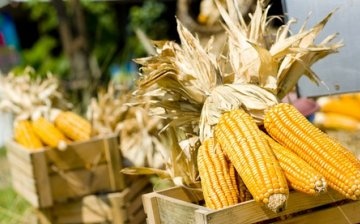

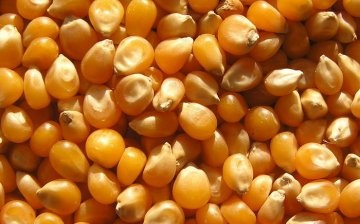
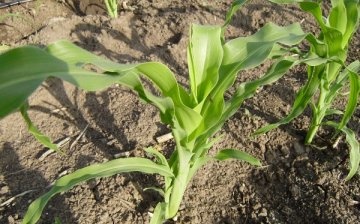

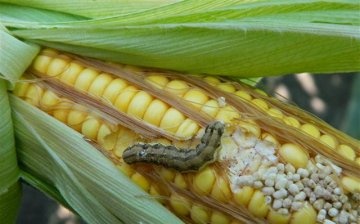






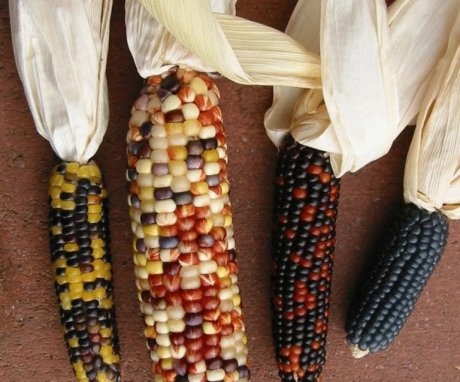
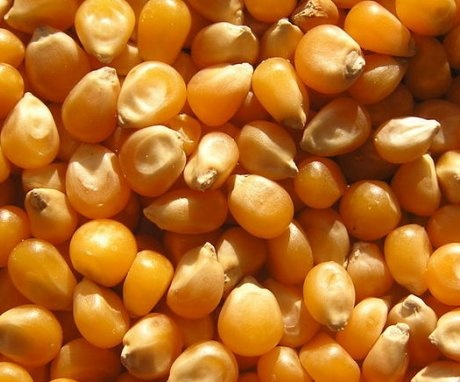
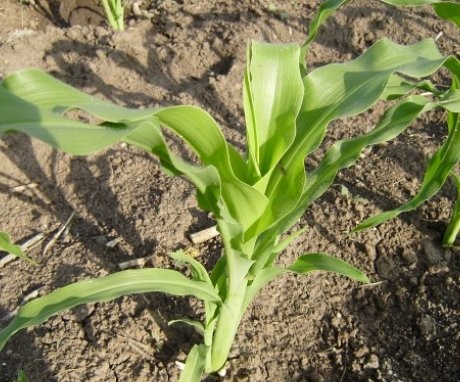
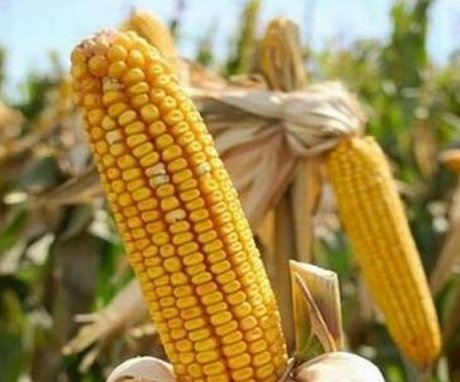
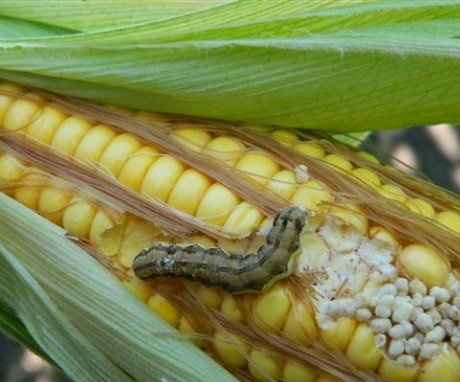
Dear forum participants! Are there those among you who planted corn in their garden? I would like to hear feedback. Is it a whimsical plant, how it gets along. And what is the climate in your area. I am waiting for your comments, otherwise I am tormented by great doubts.
As far back as I can remember, they have always planted corn around the perimeter of the garden. And there was corn, and a hedge for the site in combination. We always plant only with seeds, I didn’t even know that it can be grown by seedlings. The seeds only need to be well selected, the spoiled ones should be removed, well, soaked in order to see which ones are swollen and ready to germinate, and which, alas, are not. And go over again. Everything grows beautifully from seeds.
In my conditions (54 latitude), seed corn simply does not have time to ripen. Therefore, I plant only seedlings. At first it was not easy, the plants stretch out very quickly, and such "thinness" does not always take root later, and it requires a lot of care. Therefore, I keep the seedlings on the balcony, where it is cooler and I always highlight (I bought red-blue LED bulbs on Ali). Yes, and in a carat with soil I throw seeds with a margin. It happens that they sprout poorly, and if a lot germinates, they do not interfere with each other.